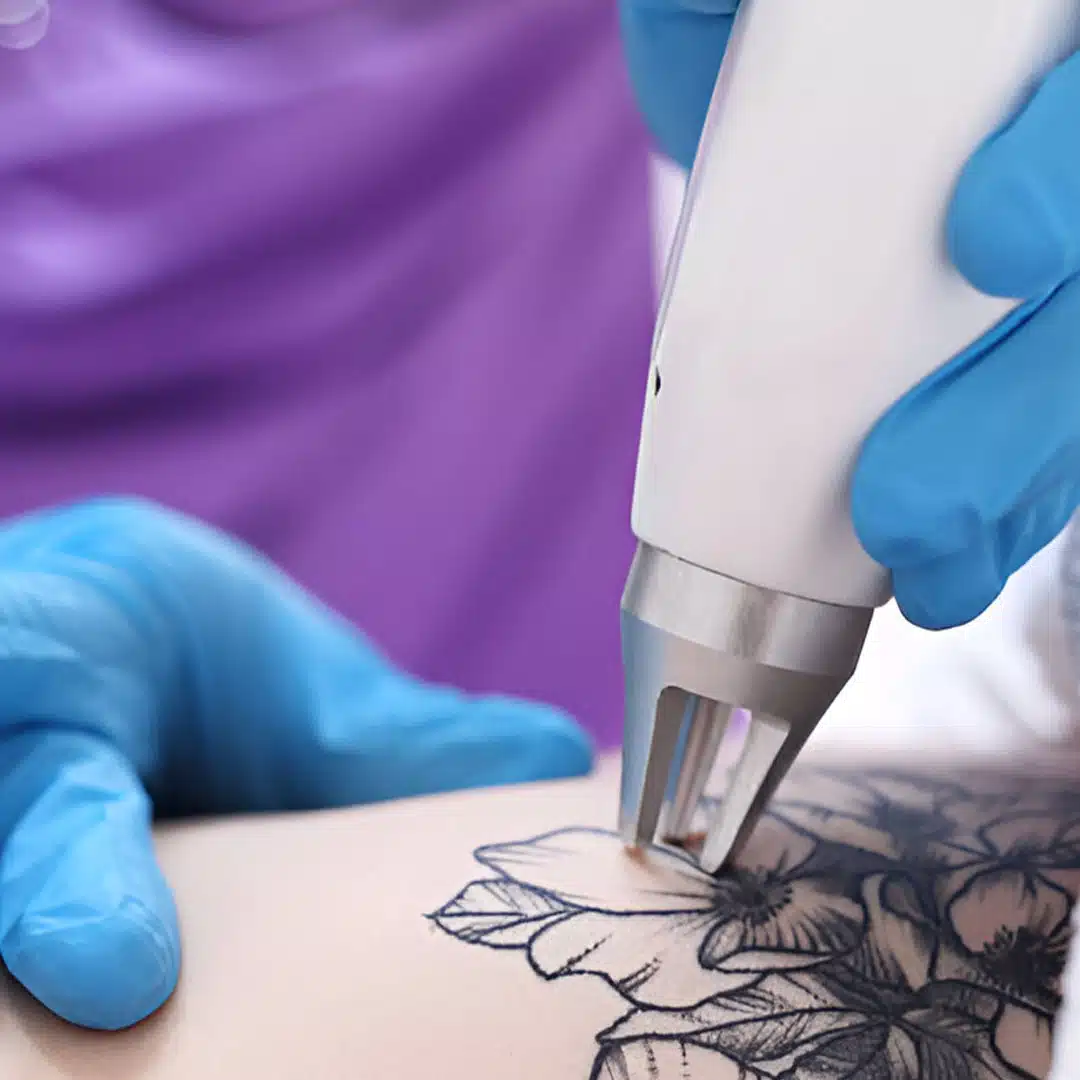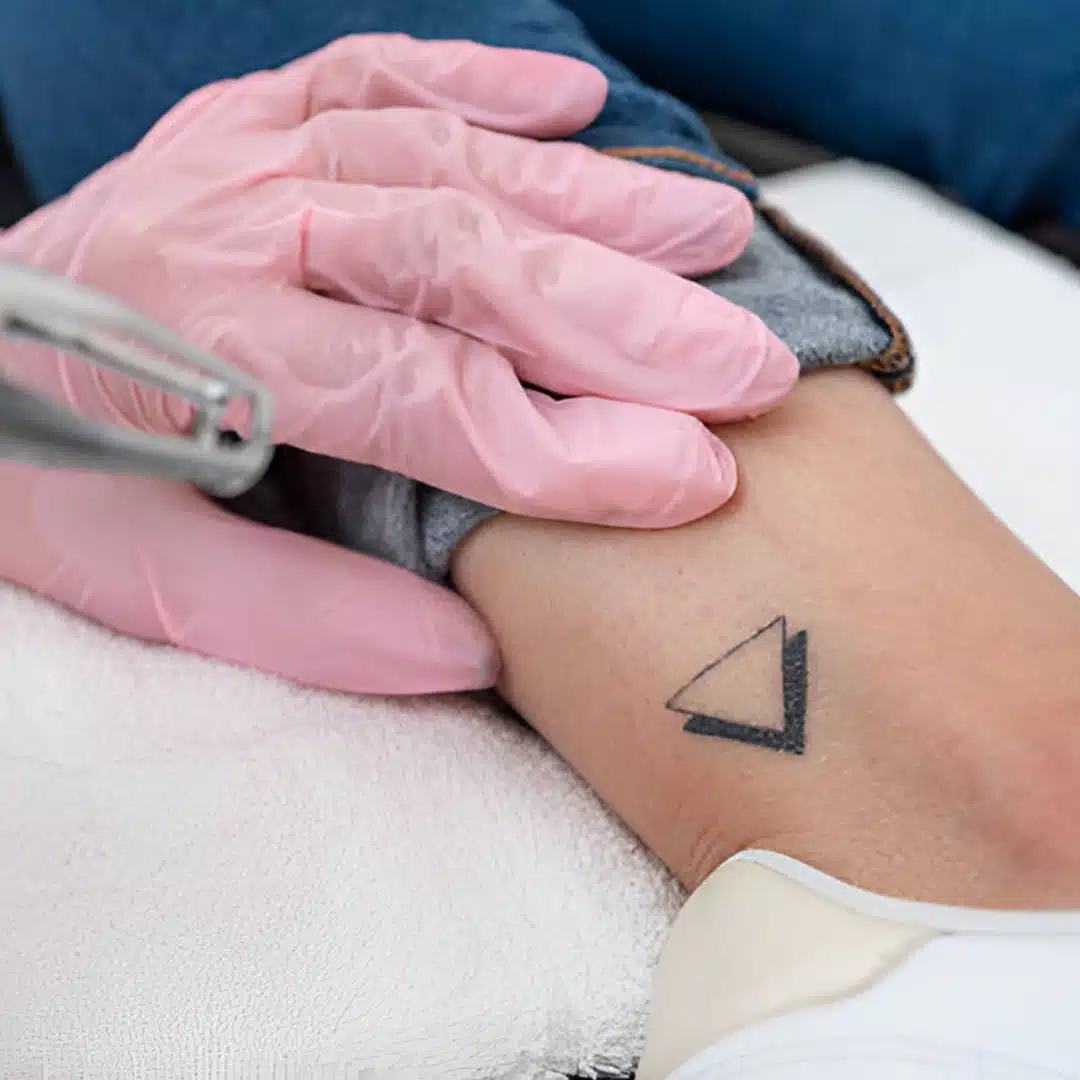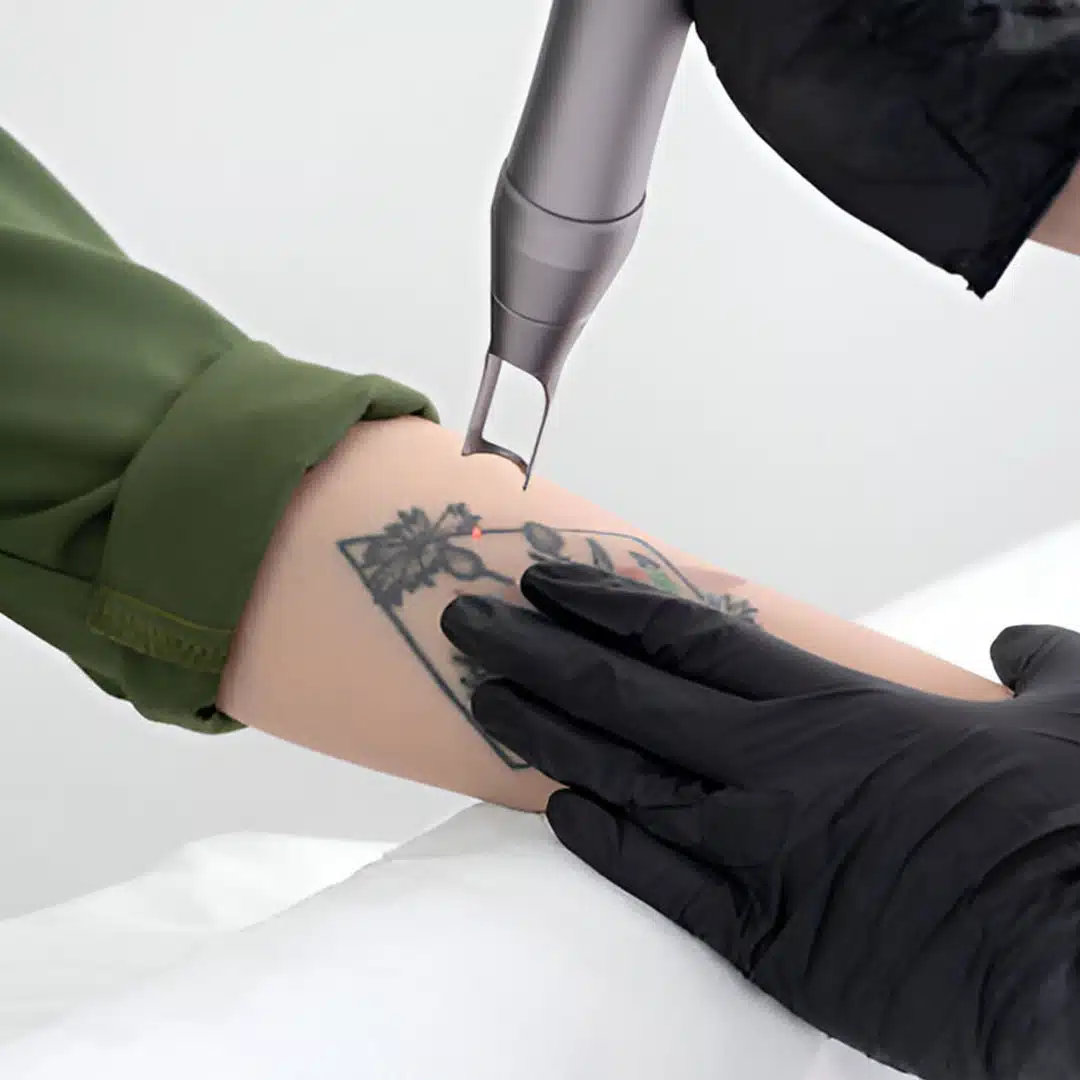Proper aftercare is crucial for effective tattoo removal following laser treatments. The skin undergoes significant changes as it heals from the removal of unwanted tattoos. Attention to essential aftercare practices can enhance the efficiency of laser tattoo removal and minimizes the risk of complications. Keeping the treated area clean and moisturized supports safe tattoo healing. It is also important to avoid sun exposure and refrain from picking at the skin, as these actions can affect the outcome. Even after several tattoo removal sessions, adhering to aftercare guidelines significantly contributes to achieving the desired results for unwanted tattoos. Ensuring these practices are followed increases the likelihood of a successful and satisfactory tattoo removal experience.
Essential Aftercare Practices
Post-tattoo removal care is crucial for optimal healing and results. After undergoing the procedure, keeping the treated area clean and dry is essential. Applying a recommended ointment can aid in protecting the skin and promoting healing. The removal process targets tattoo pigment, breaking it down into small tattoo particles that the body gradually eliminates. Maintaining cleanliness can prevent infections and ensure that the skin heals properly around the area of the professional tattoos.
Avoiding sun exposure is vital after tattoo removal. Direct sunlight can affect healing and lead to complications. If the area must be exposed, using a high-SPF sunscreen is recommended to shield the skin from UV rays. Patients should also pay attention to changes in the skin's texture or color during the healing process, especially since various tattoo colors and sizes can react differently. Following these aftercare practices will contribute to successful tattoo removal outcomes.
Common Side Effects and How to Manage Them
During the tattoo removal procedure, it is common to experience side effects such as swelling, redness, and blistering at the treatment site. These reactions can occur as the body responds to the breakdown of tattoo ink particles. Black tattoos tend to respond better to laser removal compared to different tattoo colors, which may complicate the healing process. Understanding these potential side effects can help individuals make informed decisions about their previous tattoo choices.
Managing side effects effectively is crucial for a smooth recovery. Applying cold compresses can alleviate swelling and discomfort after a session. Keeping the area clean and utilizing prescribed ointments can aid in the healing process. Patients should consult their tattoo removal specialist if they experience unusual or prolonged symptoms. Being proactive about aftercare can significantly improve the overall tattoo removal experience.
Factors Influencing Tattoo Removal Success
Several key factors play a crucial role in the success of tattoo removal. The size and color of the tattoo significantly influence how effectively removal treatments can work. Darker inks, such as black, are generally easier to remove than lighter colors like pastels. The removal experience can also vary based on the individual's skin type, as certain skin tones may react differently to various removal procedures. Other individual factors, including age and health, can affect the efficiency of the removal process. Understanding these considerations helps in setting realistic expectations for tattoo removals and tailoring approaches to enhance the likelihood of successful outcomes.
Tattoo Size and Color Considerations
The size of a tattoo plays a significant role in the removal process. Larger tattoos typically require more removal sessions due to their complexity and the amount of ink involved. Each session works to break down the ink particles, allowing the skin to heal between treatments. Smaller tattoos may be easier to manage, often resulting in more complete removal within fewer sessions. However, stubborn inks, particularly those with dye resist properties, can complicate even the removal of smaller tattoos.
Color is another critical factor in tattoo removal. Darker inks, such as black and blue, respond more effectively to laser treatments, while lighter colors or certain vibrant dyes can present more challenges for complete removal. Treatments with removal creams may yield limited results for these colors. The selection of an effective removal solution is crucial for achieving satisfactory outcomes. Ultimately, understanding these considerations helps ensure a tailored approach to each tattoo removal experience.
Skin Type and Individual Factors
Different skin types react uniquely to tattoo removal procedures. Individuals with lighter skin tones often see better outcomes with fewer sessions, as the contrast between the tattoo ink and the skin can make it easier for the laser to target the permanent ink. On the other hand, darker skin types may require more caution during treatment to avoid damage to the treated skin. Effective healing is crucial in these cases, as the body’s ability to recover can influence the overall success of the desired removal outcome.
Individual factors also play a significant role in the tattoo removal process. Age, skin health, and the presence of any underlying medical conditions can affect how well the skin heals after treatment. Superficial scarring may occur depending on the individual's healing response and the methods used for removal. Understanding these variables helps in setting realistic expectations for the tattoo removal journey.
Costs Associated with Tattoo Removal
The financial aspect of tattoo removal is influenced by various factors, including the chosen technique and the extent of the body art. Laser removal is generally one of the most effective methods, yet its cost can vary significantly based on factors like the size of the tattoo and the complexity of the ink pigment involved. Other options, such as chemical peels or removal creams, may present cheaper alternatives, but their effectiveness can differ widely and may not achieve the desired cosmetic goals. Patients should also consider aftercare expenses, such as sterile bandages and ointments, which can add to the overall cost. Understanding these elements can help in budgeting for tattoo removal and making informed decisions.
Breakdown of Laser Tattoo Removal Prices
Tattoo removal costs can vary significantly based on multiple factors, including the size of the tattoo and the complexity of the design. Smaller tattoos typically require fewer laser sessions, which can make the removal process more affordable. On the other hand, larger tattoos with vibrant ink colors may involve more extensive treatments to break down the permanent ink granules effectively. Patients should also be mindful of potential skin pigmentation changes after the removal process, which might necessitate additional care or treatments.
The type of ink used and the skill of the artist injecting it can also influence the cost of tattoo removal. Certain colors prove more challenging to remove due to their composition, impacting the number of sessions required. Excision might be considered for smaller tattoos, presenting a different cost structure altogether. Consulting with a professional can provide insights into expected expenses and personalized treatment options.
Insurance and Financing Options
Many clinics offer financing options to help manage the cost of tattoo removal. Patients can often find plans that allow for monthly payments, making the treatment more accessible. Some providers may even have partnerships with third-party financing agencies, which can offer competitive interest rates. Understanding these options can help individuals budget for the procedure and achieve their tattoo removal goals without financial strain.
Insurance coverage for tattoo removal is a complex topic. Most insurance plans do not cover the cost of the procedure, as it is typically considered a cosmetic treatment. However, there are exceptions, particularly if the tattoo is the result of trauma or requires removal for medical reasons. Patients should review their insurance policies carefully and consult with their providers to determine if any coverage is available for their specific situation.
Myths and Misconceptions about Tattoo Removal
Understanding the myths surrounding tattoo removal is essential for anyone considering removal treatments. Many believe that all removal procedures are equally effective, but this is far from the truth as different tattoos may require varying approaches based on factors like size and color. Some assume that the removal process is entirely painless; however, most patients experience discomfort during the procedure, which can vary significantly. There is also a misconception that tattoo removal guarantees complete disappearance without any trace. Realistically, outcomes can differ, and some individuals may have lingering shadows even after multiple removals. Clear information about the removal experience can help individuals make informed decisions and set realistic expectations about their tattoo removal journey.
Conclusion
Tattoo removal encompasses various methods aimed at eliminating unwanted body modification, with laser removal being the most common and effective. Techniques such as surgical excision and injection can also be employed, though they may carry higher risks of scarring compared to laser options. Each ink color and individual skin type plays a significant role in the overall success of the removal process, impacting how effectively the dye can be broken down. Understanding these factors is essential for anyone considering tattoo removal, ensuring they make informed decisions about their options and manage expectations regarding results





